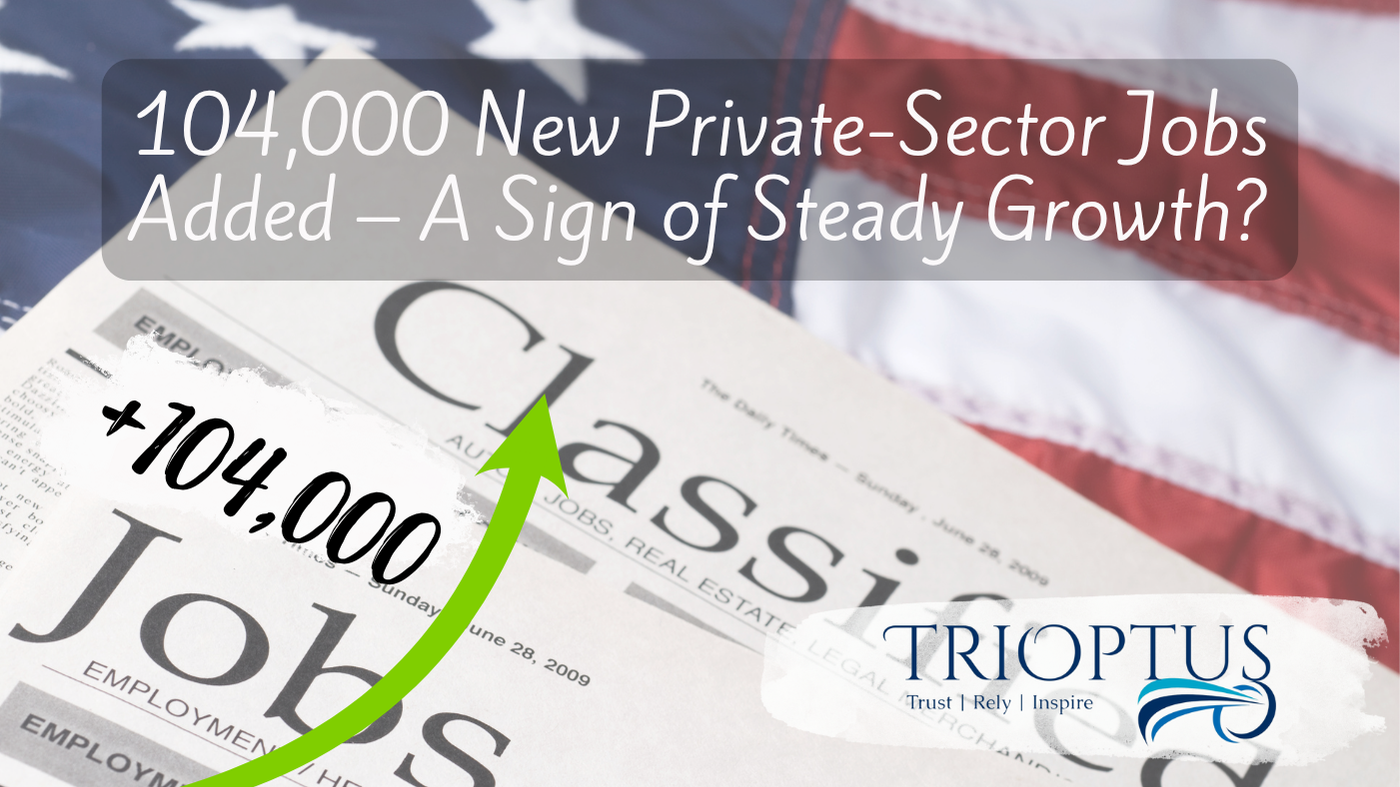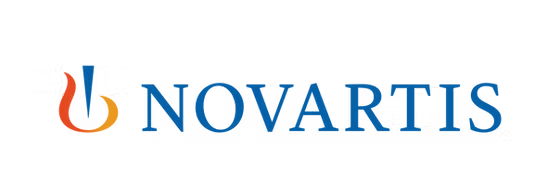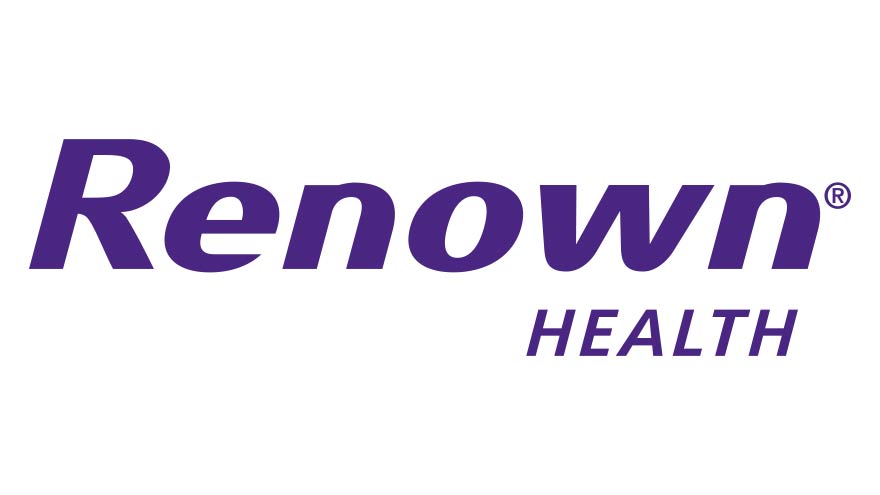
11 Oct 2025
The health of the American economy is often measured by jobs. Every month, new data gives us a snapshot. It shows if businesses are growing and if people can find work. In July, a key report gave a positive signal.
The United States added 104,000 private-sector jobs. This information came from ADP Research. ADP is a major company that handles payroll for many businesses. Their report is a preview of the broader job market.
This number was better than many experts predicted. Economists surveyed by Bloomberg thought only 76,000 jobs would be added. Beating this forecast was a good sign. It suggested that the economy still had momentum.
This came after a worrying month. Hiring in June had slowed down sharply. The July rebound showed that companies were still willing to bring on new workers. However, the pace was not as fast as it was the previous year.
Understanding the ADP Report
It is essential to know what the ADP report is. It does not include government jobs. It only counts employment in the private sector. This means jobs in companies, from small shops to large corporations.
The report is watched closely. It comes out a few days before the official government report. That official report is from the Bureau of Labor Statistics (BLS). Because of this, the ADP data gives an early hint of the labor market's direction.
A positive ADP report often suggests a positive BLS report will follow. But the two do not always match perfectly. They use different methods to collect data.
Which Industries Are Hiring?
The July report showed that hiring was not even across all sectors. Some industries saw strong growth. Others continued to lose jobs.
The leisure and hospitality sector was a big winner. This includes hotels, restaurants, bars, and entertainment venues. When this sector hires, it is often a sign of consumer confidence. It means people are spending money on travel, eating out, and fun activities.
The financial activities sector also did well. This includes banks, investment firms, and insurance companies. Growth here can signal strength in the broader economy. It suggests that people and businesses are borrowing, investing, and managing their finances.
However, not all news was good. The education and health services sector lost jobs. This was the fourth month in a row of declines for this sector. This is surprising. Health services, in particular, is often seen as a stable, growing field. This trend was something economists observed.
A Healthy but Cautious Economy
The chief economist at ADP, Nela Richardson, commented on the data. She said the hiring and pay information pointed to a "healthy economy." She noted that employers were growing more optimistic.
This optimism is key. The backbone of the American economy is consumer spending. When people feel confident about their jobs and finances, they spend money. This spending keeps businesses running and allows them to hire more workers.
Richardson's statement suggested that employers believe this consumer resilience will continue. They are betting that Americans will keep spending. This belief encourages them to create new positions.
Signs of a Slowdown
Despite the positive headline number, there were clear signs of a slowdown. The pace of hiring, while better than expected, was much weaker than the average seen last year. The economy was adding jobs, but not as quickly as before.
Why the caution? Employers were facing increased economic uncertainty. Much of this was linked to the policies of President Donald Trump. Trade wars and tariffs were a significant concern.
Tariffs are taxes on imported goods. They can make materials more expensive for U.S. companies. This raises their costs. When costs go up, profits can go down. To protect profits, companies may become more cautious. They might delay expansion plans or pause hiring.
This cautious mood was visible in other data. For instance, recurring filings for unemployment insurance were rising. This means it was taking longer for people who lost their jobs to find new ones.
At the same time, initial jobless claims remained low. This means not many people were being laid off in the first place. The problem was not mass layoffs. The problem was that the process of finding a new job was becoming harder. The market was getting tighter for job seekers.
The Bigger Picture: The Federal Government's Report
The ADP report is important. But the most authoritative jobs report comes from the Bureau of Labor Statistics. This report was due that Friday. It includes government jobs, in addition to private-sector ones.
Economists expected this broader report to show a similar trend. They predicted that overall job growth had "moderated." This is another way of saying it slowed down. They also expected the unemployment rate to rise slightly.
The BLS report provides a more complete picture. It tells us if the strength seen in the private sector is also happening in public sector jobs. It also gives a precise unemployment rate.
The Federal Reserve's Role
All of this data is watched very closely by the Federal Reserve. The Fed is America's central bank. It does not create jobs. But its policies have a huge effect on the job market.
The Fed's main job is to keep the economy stable. It aims for maximum employment and stable prices. To do this, it controls interest rates.
When the economy is weak, the Fed can cut interest rates. This makes it cheaper for businesses to borrow money. They can use this money to expand and hire. It also makes it more affordable for consumers to borrow, encouraging them to spend.
When the economy is too strong, it can lead to high inflation. To prevent this, the Fed can raise interest rates. This slows down borrowing and spending, cooling off the economy.
At the time of this July report, Fed officials were in a two-day policy meeting. The labor market was a significant topic. The steady decline in hiring pace was a concern.
Policymakers were expected to hold interest rates steady. They wanted to see more data. They were especially looking for the inflationary impact of tariffs. If tariffs caused prices to rise significantly, the Fed might need to act.
However, there was likely debate. Some officials might have wanted to cut rates. Their goal would be to bolster the slowing labor market. They argue that helping job growth was more important than fearing potential inflation.
What It All Means for Businesses and Workers
For the average person, these reports can seem abstract. But they have real-world effects.
For a business owner, a slowing job market is a signal to be prudent. It might not be the right time to take a significant risk or take on a large loan. For a worker, it means the job market is becoming more competitive. Finding a new job might take more time and effort.
Yet, the fact that over 100,000 jobs were still being added is crucial. It shows the underlying strength of the economy. It is not a boom, but it is not a bust. It is a period of moderated, steady growth.
Conclusion: Resilience in a Time of Change
The July jobs report told a story of resilience. The American economy, faced with uncertainty, continued to create jobs. It beat expectations. Key sectors like leisure and finance showed strong demand for workers.
The data also contained warnings. The pace was slowing. Some sectors were shrinking. The journey for job seekers was getting tougher.
This balance between strength and caution defines the modern economy. Businesses must navigate complex signals. They must be agile and data-driven to succeed. In this environment, a positive report is a welcome boost of confidence. It shows that even in a cooling period, the engine of American job creation is still running.
This principle of adapting to complex, data-rich environments is central to the mission of companies like TriOptus. Just as economists analyze job reports to understand the economy's health, TriOptus specializes in helping businesses decipher their own complex data. In a world of uncertainty, having clear, actionable insights is the key to making smart decisions, managing risk, and finding a growth path. The resilience shown in the job market is a lesson for all businesses. With the correct information and a strategic approach, it is possible to navigate challenges and continue moving forward.











Comments (0)